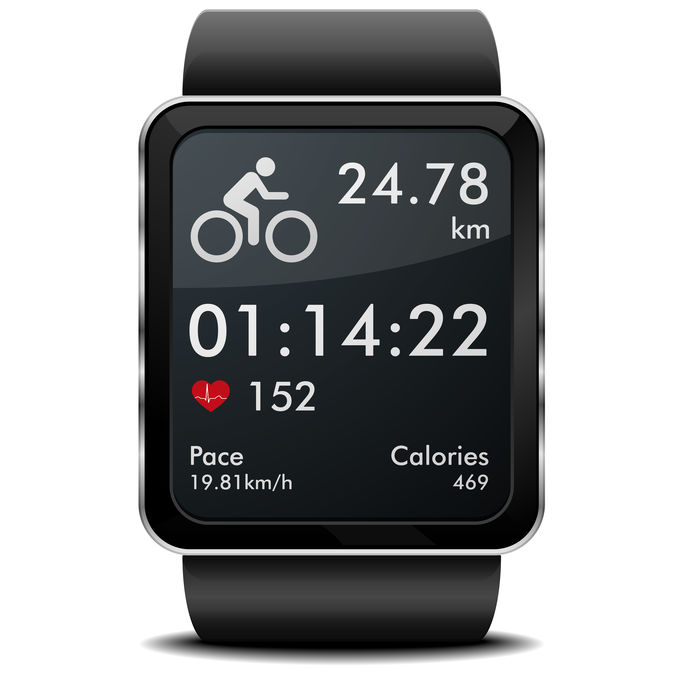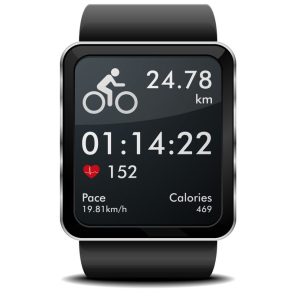
The recent explosion of lifestyle monitoring gadgetry may prompt people eager to improve their health to expect these devices to make the process easier, more enjoyable, and even more productive. There are tools that can track our diets, our active calories, sleep patterns, heart rates, fat-burning zones, and successful post-workout recovery. Personal trainers can easily jump on the bandwagon and extoll the virtues of these techno-toys to their clients. But do they actually deliver?

Upon researching the right gadget to purchase for their specific needs, price points may be discouraging at best. The high cost of these technologically advanced toys can deter even the most enthusiastic clients, begging the question: How valuable are these tracking devices for improving health outcomes?
As it happens, pedometer usage does seem to increase physical activity by nearly 27%. If the desire is to increase steps taken and move more, then a pedometer will likely make a difference. In this regard, finding an inexpensive clip-on variety is easy for nearly anyone to do who truly just wants to track daily steps. But what about popularized smartwatches and more upgraded fitness wearables that can cost upwards of $100 and even up to $350 that can track heart rate, VO2 max, even calorie expenditure?
Surprisingly, when compared to good old-fashioned health advice and general activity recommendations, there appear to be no significant improvements in BMI, blood pressure, cardiorespiratory fitness or even quality of life from using an activity tracker, even when the activity was incentivized.
“How Do I Feel?”
While a monitoring gadget – and all technology — has its place, and can even be fun, there are other simpler, less expensive ways of dialing into one’s overall well-being. Daily self-assessments are a great way for clients to regularly “check in” with themselves, especially on training days. Trainers can design assessment worksheets to give clients, with prompts on how to go about the process. Even learning to take one’s own pulse and check it during appropriate intervals during exercise can both provide information and attune your client to his or her own body.
Some components of a healthy lifestyle cannot be easily quantified. For example, how well did the client sleep last night, or all week? Is he making time for friends and social gatherings? Does he regularly participate in endeavors that challenge his mind and provide fulfillment? Is he living mindfully? These are all great questions that, when asked by a personal trainer, can trigger a cascade of conversation and fine-tuning that may garner better results than any expensive trinket might.
Integrating the Information
All of these dynamics are vital to one’s health, every bit as much as the physical aspects that can be quantified by gadgetry. These components may foster self-esteem, which translates to a better outlook when facing challenging workout sessions.
Encouraging clients to make time for self-assessment teaches them how to integrate every aspect of their emotional/spiritual/social/physical world as they move toward improved health. While there is no doubt that numbers and statistical data help keep many individuals on track to achieve their goals, they comprise only part of the picture. Healthy mind + healthy body = mindful living!
References
Finkelstein EA, Haaland BA, Bilger M, et al. Effectiveness of activity trackers with and without incentives to increase physical activity (TRIPPA): a randomised controlled trial. Lancet Diabetes Endocrinol. Published online October 4, 2016.





